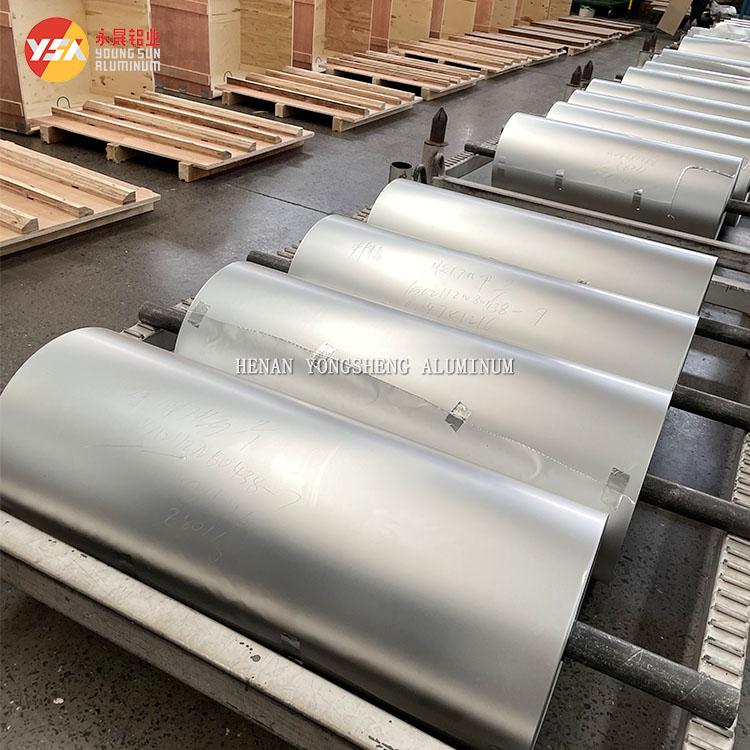When we think of tin foil—or, more accurately, aluminum foil—it's typically associated with cooking, baking, or packaging food. Its shiny, metallic appearance and thin yet durable nature make it a versatile kitchen staple. But one question that often arises is: Is tin foil flammable?
At first glance, it seems unlikely that a material so solid and robust could pose any risk of catching fire. After all, we use aluminum foil in our kitchens daily, often placing it directly in the oven or on a grill. However, the question of its flammability is more complex than it might initially seem.
To understand whether tin foil is flammable, we need to take a closer look at the material itself, how it behaves when exposed to heat, and the circumstances under which it might pose a fire hazard. This detailed introduction will guide you through the science behind aluminum foil, its properties, and answer the burning question: Can aluminum foil catch fire?
The Nature of Aluminum Foil
Despite the common misconception, aluminum foil is made from aluminum, not tin. Tin foil was used in the past, but it has since been replaced by aluminum because of its superior strength, durability, and flexibility. The foil we use today is made of a thin sheet of aluminum metal that has been rolled into a very thin, flexible form.
Aluminum itself is a highly conductive metal, meaning it transfers heat very efficiently. This is why aluminum foil is so useful in cooking: it helps evenly distribute heat and retain moisture. But what about its behavior when exposed to extreme temperatures or open flames?
The Difference Between Flammable and Combustible
In order to understand whether aluminum foil is flammable, it's essential to define what we mean by "flammable." A flammable material is one that can easily ignite and catch fire when exposed to heat or flames. Combustible materials, on the other hand, may catch fire under high heat but require much more intense conditions before they ignite.
Aluminum foil is not considered flammable, as it does not catch fire at typical cooking temperatures. However, that doesn’t mean it is immune to extreme heat. Under certain conditions, aluminum foil can be damaged or melted, but it won't combust in the same way as paper or wood, which are much more easily ignited.
How Does Aluminum Foil React to Heat?
Aluminum foil has a melting point of around 1,221°F (660°C), which is significantly higher than the temperatures most home ovens or grills can reach. This means that under normal cooking conditions—such as baking, grilling, or wrapping food—the foil will not ignite or catch fire. It will simply reflect heat, helping to cook food evenly or retain moisture.
However, if exposed to extreme temperatures that exceed its melting point, aluminum foil can start to degrade. In industrial settings, aluminum foil may be exposed to such temperatures, causing it to melt or burn away completely, but under everyday circumstances in a typical kitchen, this is highly unlikely to occur.
The Risk of Fire with Aluminum Foil in Specific Situations
While aluminum foil itself is not flammable, it’s important to note that certain situations can increase the risk of fire when using it.
-
Contact with Direct Flames: If aluminum foil is placed directly in an open flame, such as on a gas stove or campfire, it can eventually become damaged or even catch fire, especially if there is anything flammable on the foil's surface (like oil or grease). But this requires an extremely high temperature, well beyond what most kitchen environments can produce.
-
Electrical Appliances: Using aluminum foil incorrectly in appliances, such as placing it in a microwave or using it in an electric toaster oven, can lead to dangerous sparks and potential fire hazards. Microwaving aluminum foil can cause it to heat up rapidly and potentially ignite, as the material reflects electromagnetic waves in a way that could create an electrical arc.
-
Improper Oven Use: Some people may mistakenly cover heating elements or vents with aluminum foil while using an oven, which could lead to overheating or the foil coming into contact with flame sources, creating a fire risk.
-
Chemical Reactions: Aluminum foil can react with certain chemicals or highly acidic foods in extreme heat conditions, though this is more of a corrosion or chemical degradation issue than actual flammability. However, such reactions can weaken the foil and, in rare cases, cause it to burn away if combined with combustible materials.
Conclusion
In conclusion, aluminum foil is not flammable in the typical sense, and under normal cooking conditions, it will not catch fire. It is highly resistant to heat and will not ignite at the temperatures most commonly encountered in household kitchens. However, it’s crucial to use aluminum foil properly—avoiding direct exposure to open flames, being cautious with electrical appliances like microwaves, and ensuring that it does not come into contact with flammable materials or substances.
While aluminum foil may not be flammable, it’s essential to understand its properties and use it responsibly to avoid accidents. When used correctly, aluminum foil is a safe and effective tool for cooking, baking, and food storage. But, as with any material in the kitchen, it’s important to be mindful of the environment and conditions in which it’s used to prevent any fire-related hazards.









Share this page with your family and friends.